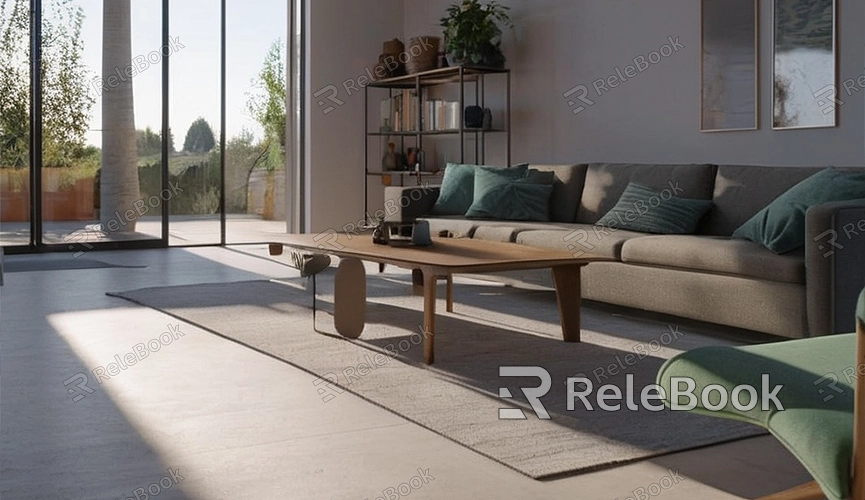How to Change Render Engine in Blender 2.8
Blender 2.8 is a powerful 3D modeling and rendering software known for its versatility and flexibility, making it a preferred tool for 3D artists and designers. When working on projects in Blender, selecting the right render engine is crucial. Blender 2.8 offers several render engine options, including Eevee and Cycles, each with unique advantages and applications. This article will detail how to change the render engine in Blender 2.8, helping you choose the best rendering method according to your project needs.
Render Engine Options in Blender 2.8
Blender 2.8 provides two main render engines: Eevee and Cycles. Eevee is a real-time rendering engine suitable for quick previews and animation production. Cycles, on the other hand, is a physically-based ray-tracing engine ideal for high-quality static images and animations. Additionally, there's the Workbench render engine primarily used for modeling and scene layout previews.

Steps to Change Render Engine
To change the render engine in Blender 2.8, follow these steps after opening your project file in Blender:
1. Open the Blender top menu and locate "Render Properties" (the icon resembles a camera).
2. Click on the "Render Properties" icon to expand the render settings panel. In the "Render Engine" dropdown menu, you'll see options for Eevee, Cycles, and Workbench.
3. Depending on your project requirements, select the appropriate render engine from the dropdown menu. Choose Eevee for fast previews and real-time rendering effects, or opt for Cycles for realistic ray-traced lighting and shadows.
Setting Up the Eevee Render Engine
If you select the Eevee render engine, you can optimize its rendering effects by adjusting:
- Ambient Occlusion: Enhances scene depth and details when enabled.
- Screen Space Reflections: Creates realistic reflection effects.
- Volumetric Lighting: Renders effects like fog and light beams.
In the "Render Properties" panel, enable or adjust these settings as needed for optimal results.
Setting Up the Cycles Render Engine
If you choose the Cycles render engine, optimize its rendering effects by adjusting:
- Sampling: Sets the quality and speed of rendering images. Higher samples result in better quality but longer rendering times.
- Light Paths: Controls how light propagates through the scene for realistic lighting effects.
- Denoising: Reduces noise in the image during post-render processing, enhancing image quality.
Similarly, adjust these settings in the "Render Properties" panel to meet your project requirements.
Exporting Rendered Results
Once you've set up the render engine and made necessary adjustments, you can start rendering and export the final images or animations. Press F12 to begin rendering, and after rendering completes, use the "File" menu to select "Export" and save the rendered results in formats like PNG, JPEG, or video files.
Using High-Quality 3D Textures and HDRI
To enhance rendering quality, using high-quality 3D textures and HDRI is crucial. If you need high-quality 3D textures, HDRI, or downloadable 3D models for creating models and virtual scenes, consider downloading them from Relebook and importing them directly into your project.
By following this guide, you should now know how to change the render engine in Blender 2.8 and understand the basic settings and optimizations for Eevee and Cycles. Choosing the right render engine and configuring it properly can significantly enhance your project's quality and workflow efficiency.

